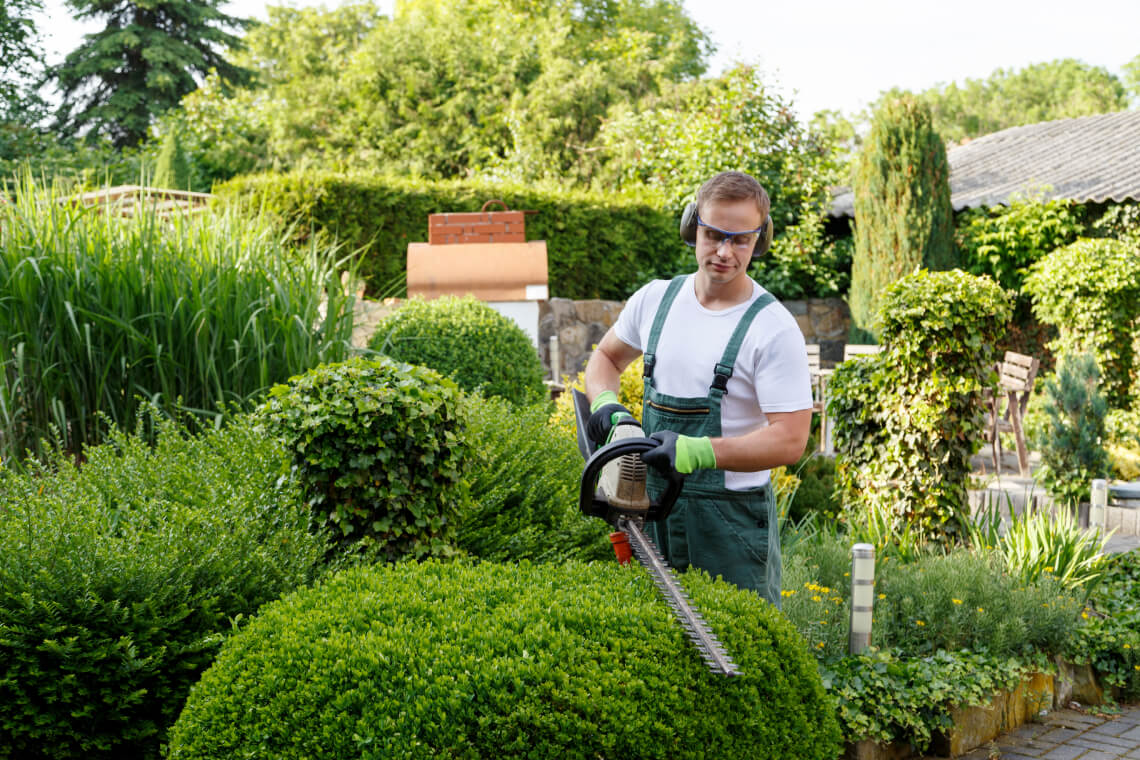Tips for Hedge Trimming
Tips for Hedge Trimming
Hedges are usually used to mark a property, or it can also be used as a fence to isolate a certain area in y our garden. Hedges usually don’t require that much care. However, it needs to be trimmed regularly to make sure that it remains healthy. Ideally, hedges should be cut or trimmed at least thrice a year, or four times, after every season.
However, many homeowners often find it difficult to trim their hedges. They can ask themselves about the right time for trimming, and how they should do it. Maintaining and keeping your hedges shouldn’t be difficult. Below are some tips which can help you when it comes to getting the most out of the task of trimming your hedges:
1.The Right Time
Hedges are usually from shrubs, and this type of plant has two growing phases during the year. This happens during the spring and summer. Taking this into consideration, the best time for many homeowners to trim their hedges would be after the growing phases, so that your hedges don’t quickly outgrow the shape you just did. Nonetheless, you can still opt to trim your hedges much more often, but homeowners should be prepared to do more work especially during the growing season. Below are some general rules to follow:
- Trim flowering plants after spring, after they are done blossoming.
- For plants that grow during the summer, it is best to trim the hedges after winter or during the first weeks or days of spring.
- For plants that don’t have flowers, you can trim them any time after you’ve seen new growth.
2.Trimming Techniques to Follow
Trimming a hedge the right way will help maintain it especially as time passes. Below are some tips to follow:
- When trimming your hedge, the base or bottom should be wider compared to the top or tip of it. Doing this will allow you hedge to get the proper and even amount of sunlight when the sun shines through it.
- To make your job easier, you can use an automatic or electric powered trimmer for long hedges (those that are more than 16 feet tall). This also helps you to cut more accurately.
- If the branches are large, you may want to use a pruner. However, shears work best for hedges that are small or low in height.
3.Keep Your Blades Sharp and Clean
Although it may seem simple or obvious, homeowners should make sure that shears, or hedge trimmers remain sharp. This is to make your job easier, make the result more beautiful, and ensures that your hedges aren’t damaged. To check if your blades are in good condition, look at the tips of the branches. If they seem to be ragged after cutting, then your blades might need sharpening. Another important thing to take note of when trimming your hedges is cleanliness. Dirty blades won’t do an efficient job, and it may even damage or hurt your hedges. There are a lot of available cleaners in the market to be sure to check those as well. Also make sure that you are wearing the right clothing (protective ones) when you are doing the job. If you are using an automatic or electric powered trimmer, make sure to follow safety instructions too.

